What is the carnivore diet?
Carnivores, by definition, feed on meat, and gain their source of fuel from animal protein and fat. The “carnivore diet” is an animal-based way of eating, which includes foods such as meat, fish, and eggs, and excludes foods such as vegetables, fruit, and nuts. It’s a lifestyle choice that many individuals – including doctors and dietitians – have made to improve their overall health and increase their strength.
The carnivore diet, also referred to as a no-carb, zero-carb, keto, ketovore, or lion diet, has helped thousands of individuals restore their health. From allergies to cognitive function to dental health to autoimmune disorders, the carnivore diet has healed countless folks from numerous symptoms, ranging from mild to severe. It is considered to be the ultimate elimination diet.
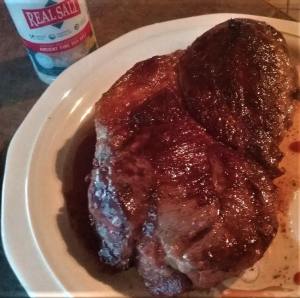
Reasons for coming to this way of eating vary from person to person, and many have discovered other benefits that come with this simpler lifestyle. Many have found freedom from food addiction, and no longer spend an inordinate amount of time food shopping, meal prepping, cooking, and cleaning the aforementioned mess that comes with prepping and cooking. A large majority of carnivores have gained more time in the day to do other things, often leading to a more active lifestyle.
But whether you’re seeking better health, you want to get back to your ancestral roots, or your intentions are to save the earth, the carnivore diet can help with all of the above.
What do you eat on the carnivore diet?
In the carnivore community, definitions vary when it comes to the ins-and-outs of following this Paleolithic way of eating.
Carnivores eat from the animal kingdom, which includes all parts of an animal, as well as eggs. Most individuals find they feel their best when eating beef, or other ruminant animals, such as lamb, deer, and goat. However, pork, poultry, and seafood are often consumed on the carnivore diet as well.
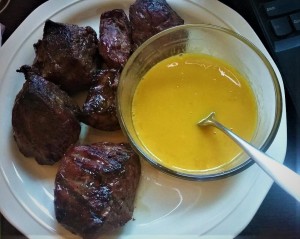
Eggs are considered a part of the carnivore diet, as is dairy, but it depends on your personal tolerance level. Some individuals may not tolerate eggs at all, while others are unable to tolerate the white of the egg. And they don’t need to be just chicken eggs, either. Many enjoy other types of eggs, from duck eggs to fish eggs.
Dairy, such as butter, cream, and cheese, can be a welcome addition on the carnivore diet, but not everyone can tolerate these foods. And others may need to limit how much or what type of dairy they have.
If you’re looking to get started with the carnivore way of eating, there are multiple ways to approach it.
How much do you eat on the carnivore diet?
The main answer is to eat when you’re hungry, stop when you’re full. But often our hunger and full signals are skewed thanks to carbs. A general guide is two pounds of fatty meat per day. Some folks eat once a day, others twice, and some three times. Fasting is another conversation, and I don’t recommend it until you’ve supplied your body with adequate nutrition.
How to get started:
1. Jump Right In
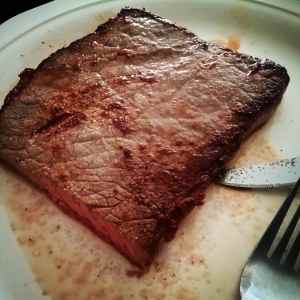
Cold turkey – No pun intended and not recommended for most people. But if you’re hardcore or a tough cookie, by all means, jump right in.
Pros:
- No time like the present to get closer to your goals.
- The dive-right-in method creates a drastic change in your life that can beneficially shake things up, creating a kind of hormesis event. (What’s hormesis, you may be wondering? A stressful event that triggers your body to “fight for survival,” essentially making you more resilient.)
Cons:
- Sugar withdrawal is no joke. It can be very unpleasant.
- You may find yourself running to the bathroom frequently as your body adjusts.
How to go cold turkey:
Empty your home of anything that is not animal-based, if at all possible. If it’s not in your fridge or pantry, there will be no temptation to eat it. Giving up sugar can spark some intense cravings. And though giving in to a craving is not the end of the world – you just start over – you can save yourself the trouble by not having anything tempting around. Replace said temptations with your favorite carnivore food. (Mine happens to be bacon.)
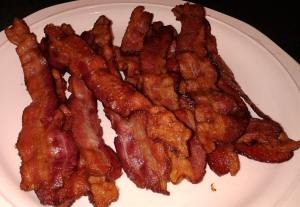
I don’t recommend starting carnivore with dairy; it can hinder the sugar-withdrawal process. Cheese, butter, and cream can throw off your hunger signals, trigger carb cravings, and stall weight loss. Dairy is also a trigger for congestion, inflammation, and constipation. However, sometimes a bite of cheese or butter can help reduce sugar cravings and keep you from grabbing a cookie. It varies from person to person.
Stock your fridge and freezer with your favorite meats. Though most individuals find they do their best with beef, if you enjoy chicken, eat chicken. If you enjoy lamb, eat lamb. Once you’re in full swing of eating this way, you can adjust the menu as your body adjusts. Don’t forget to add fats – tallow, lard, butter (if you’re able), or duck fat. (I keep a stockpile of bacon fat from uncured, sugar-free bacon.) This is not punishment, nor is it a race. This is your life, and you should enjoy it.
2. Transition Slowly
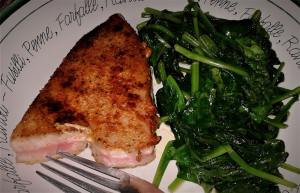
Many folks begin with keto and eventually find themselves eating more carnivorous. This provides a slower move to animal-based foods only, which can help with both sugar withdrawal and the debatable oxalate dumping. This can help lessen the withdrawal effects, which can feel like you’ve been hit by a semi.
Pros:
- Sugar withdrawal is a lot easier to deal with
- This isn’t a race and the results will come in time
Cons:
- You may still have to face food/carb addiction
- More difficult to pinpoint your personal food intolerances
- You must have patience
How to transition slowly:
There are countless ways to slowly transition to a meat-based diet. From giving up just processed foods to certain ingredients to whole groups of foods, there is no hard-and-fast rule for this. The idea is to transition to whole foods, heavily meat-based and low carbohydrates.
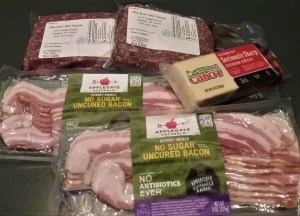
Stock up on your favorite cuts of meat and healthy fats, such as ghee, butter, tallow, lard, duck fat, coconut oil, or olive oil. Try low-starch, low-fructose vegetables and herbs. Many carnivores eliminate seasonings all together since they can often trigger unwanted symptoms, but you can take your time weaning those down. Most herbs, such as Italian seasonings, basil, and oregano are well-tolerated. Seed seasonings, such as black pepper or mustard can be a problem for many individuals.
Things to keep in mind:
Honey may be considered animal-based, but it is not recommended for the carnivore diet. It’s sugar, plain and simple. Doesn’t mean you can’t eat it, just know that it absolutely can hinder any healing process or keep you from losing weight.
Have patience. Regardless of the quick recovery many folks experience, this is not a magical cure for all that ails you. The concept is simple: eliminate the foods wreaking havoc on your body and instead eat the foods that give your body optimal nutrition. Let your body do the rest. But it takes time. You didn’t get sick overnight, you won’t heal overnight.
I see many folks trying to rush the process and getting frustrated. They give up and exclaim “it doesn’t work.” It also depends on what you want this to work for – healing disease (and which disease), losing weight, maintaining good health. There are many great arguments for the best way of eating. But at the end of the day, you’re the only one walking in your shoes or living in your body. You need to be okay with where you’re at.

It took a year and a half for my digestion to straighten out. What if I had given up?
It took three years for me to lose the extra weight / visceral fat. What if I had given up?
It took a couple of years for old injuries to heal and nerves to regenerate. What if I had given up?
Have patience. This is your life. You only get one.
For more information, feel free to contact me at ThePurpleSneaker@yahoo.com.
Additional resources that I have found to be helpful on this journey:
Dr. Ken Berry, “Lies My Doctor Told Me” and the Proper Human Diet
Dr. Shawn Baker, “The Carnivore Diet” and Revero
Judy Cho, Nutrition with Judy
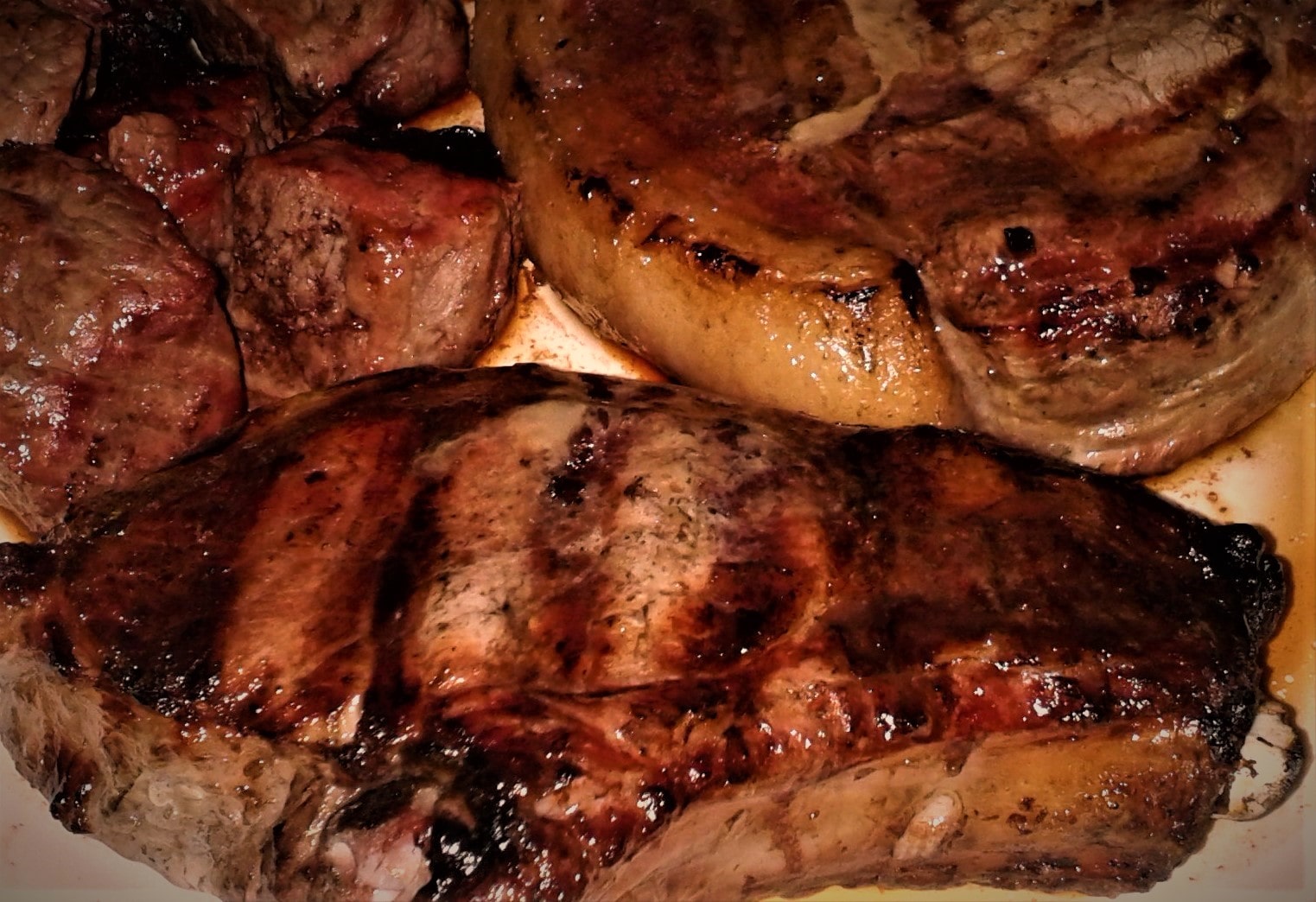
Interesting read! The carnivore diet seems to have many benefits that have helped numerous people. It’s good to know that there are different ways to approach this way of eating, depending on personal preferences and tolerances.
LikeLiked by 1 person